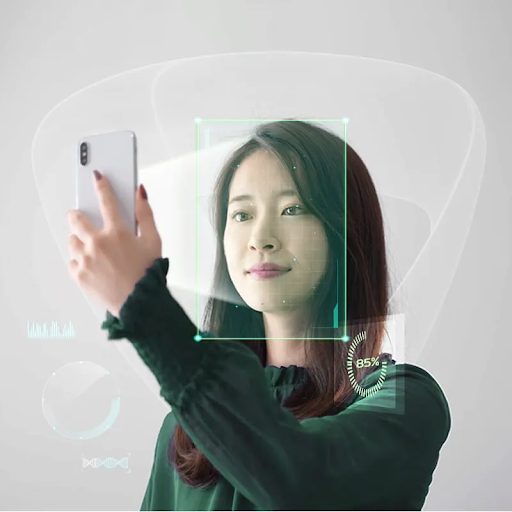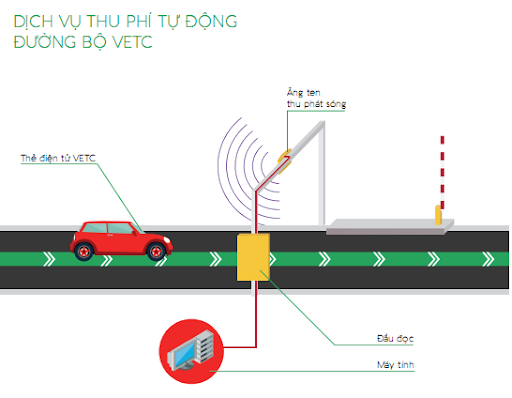Introduction to Biometric Identification
1. What is Biometric Identification?
Biometric identification is a method of recognizing and authenticating individual identity based on unique biological or behavioral characteristics. This technology is increasingly popular in security, finance, healthcare, and identity management fields.
Common Types of Biometrics
- Face: Recognition through facial features, such as the distance between eyes, nose, and mouth.
- Fingerprint: Using the ridges on fingertips to authenticate identity.
- Palm: Recognition through the shape, lines, and veins in the palm.
- Iris: Analyzing iris patterns to authenticate identity.
- Voice: Voice recognition based on frequency and pronunciation.
- Behavioral characteristics: Recognition through typing patterns, gait, or gestures.

2. Applications of Biometric Identification
2.1. Security and Identity Authentication
- Unlocking phones using facial recognition or fingerprints.
- Authenticating identity when logging into online accounts.
- Supporting verification in banking and financial transactions.
2.2. Identity Management and Public Administration
- Using biometrics in e-passports, citizen ID cards.
- Border control and immigration.
- Supporting accurate and quick management of citizen records.
2.3. Healthcare and Medical Services
- Patient identification in digital medical records.
- Supporting secure access to medical history data.
- Remote patient monitoring using biometric technology.
2.4. Security Systems and Access Control
- Access control at offices and factories using fingerprint or facial scanning.
- Enhanced security at airports, military facilities, and important areas.
- Replacing traditional magnetic cards or passwords with biometric recognition.
3. Advantages and Challenges of Biometric Identification
Advantages
- High security: More difficult to forge or steal compared to regular passwords.
- Convenience: No need to remember passwords or carry identification cards.
- Speed: Identity authentication in just seconds.
- Diverse applications: Can be applied in many fields from security, finance to healthcare.
Challenges
- Privacy and data security: Need to ensure biometric information is not misused or stolen.
- Errors and accuracy: Some technologies may experience errors in low light or when obscured.
- Implementation costs: Investing in biometric recognition systems can be expensive.
- Legal issues: Some countries have strict regulations on collecting and using biometric data.
4. The Future of Biometric Identification
With the development of artificial intelligence (AI) and machine learning, biometric technology is becoming more accurate and secure. In the future, we may see stronger integration of biometrics into smart devices, digital banking, security surveillance systems, and even transportation.
Additionally, research is focusing on multi-factor biometric technology, combining multiple recognition methods to enhance security and minimize the risk of forgery.
Conclusion
Biometric identification is a major advancement in recognition and identity authentication technology, helping to enhance security and convenience in many fields. Although there are still some challenges, with continuous improvements, this technology promises to become the standard in the future for all authentication and security systems.


